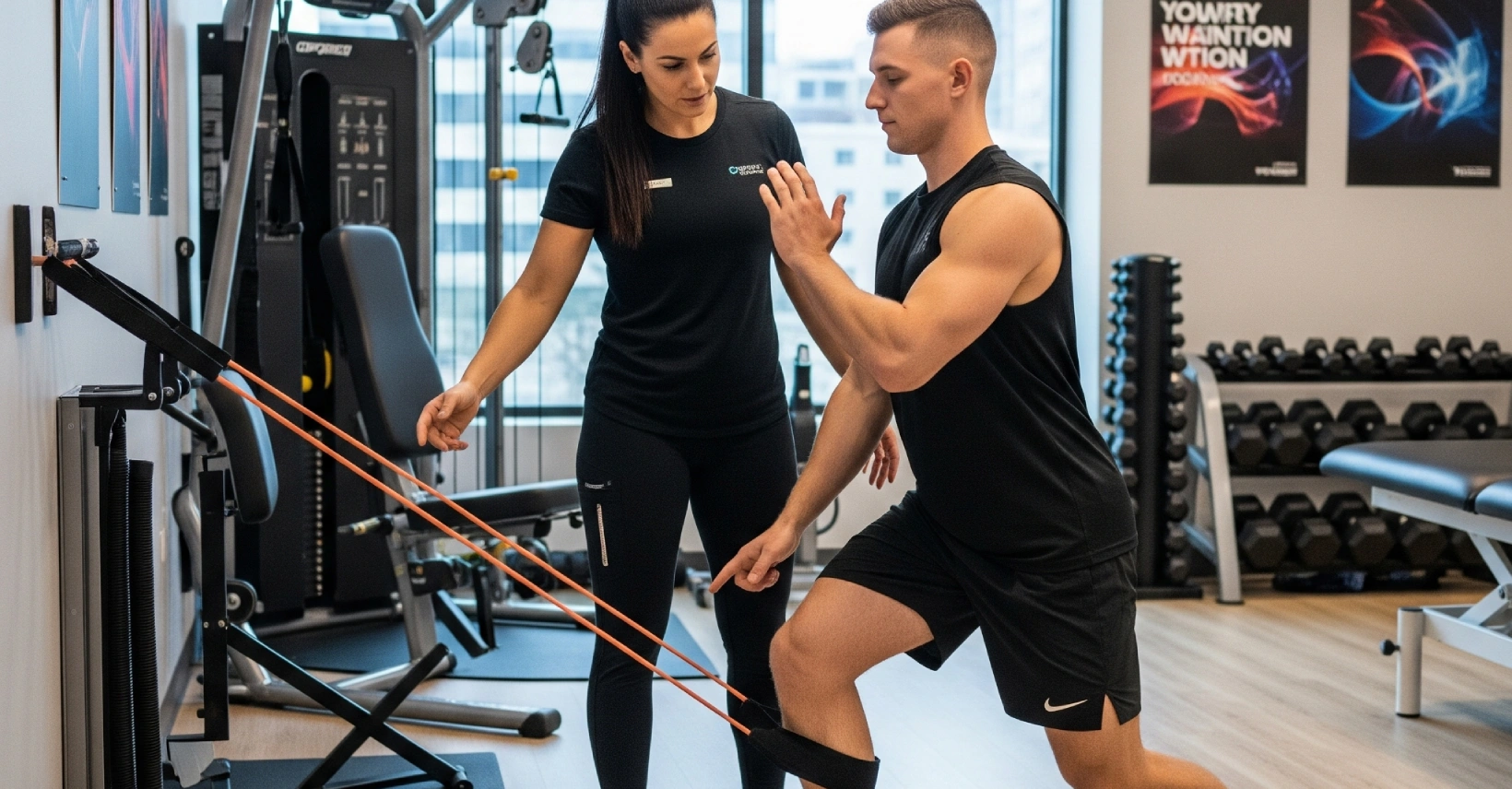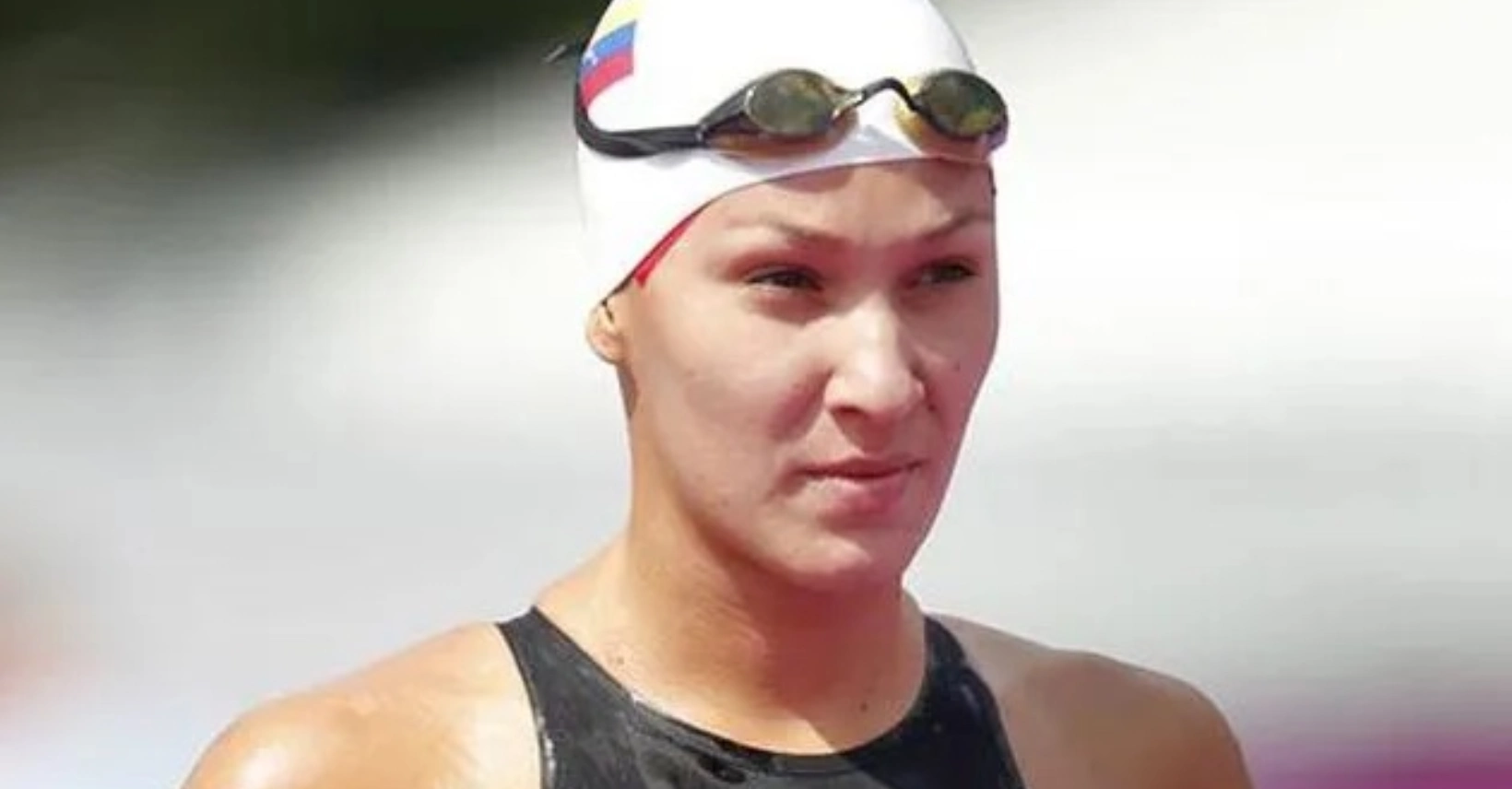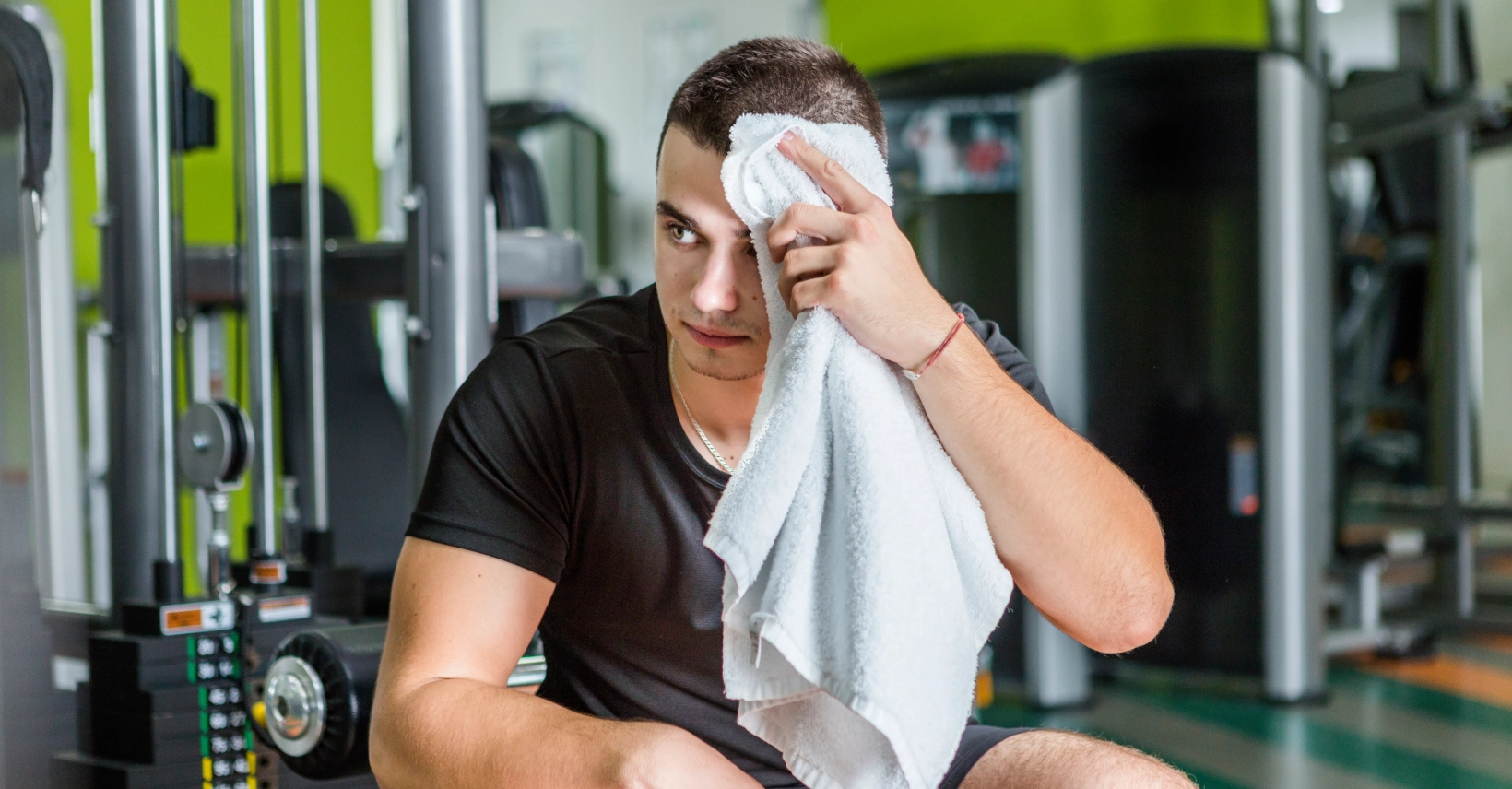Tips for Managing Stress
When people think of physical therapy, they often imagine post-injury rehabilitation or recovery after surgery. While that is certainly an essential part of what we do, that vision is limited, especially in the world of high-performance sport.
For elite and developing athletes, physical therapy is not just about getting back in the game. It’s about maintaining their best performance at all times. Extending as long and as well as possible the duration of their sporting career.
Physical therapy bridges the gap between rehabilitation, performance optimization and injury prevention. In today’s era of sports science, physiotherapy is no longer reactive, it is proactive.
For elite and developing athletes, physical therapy is not just about getting back in the game. It’s about maintaining their best performance at all times. Extending as long and as well as possible the duration of their sporting career.
Physical therapy bridges the gap between rehabilitation, performance optimization and injury prevention. In today’s era of sports science, physiotherapy is no longer reactive, it is proactive.
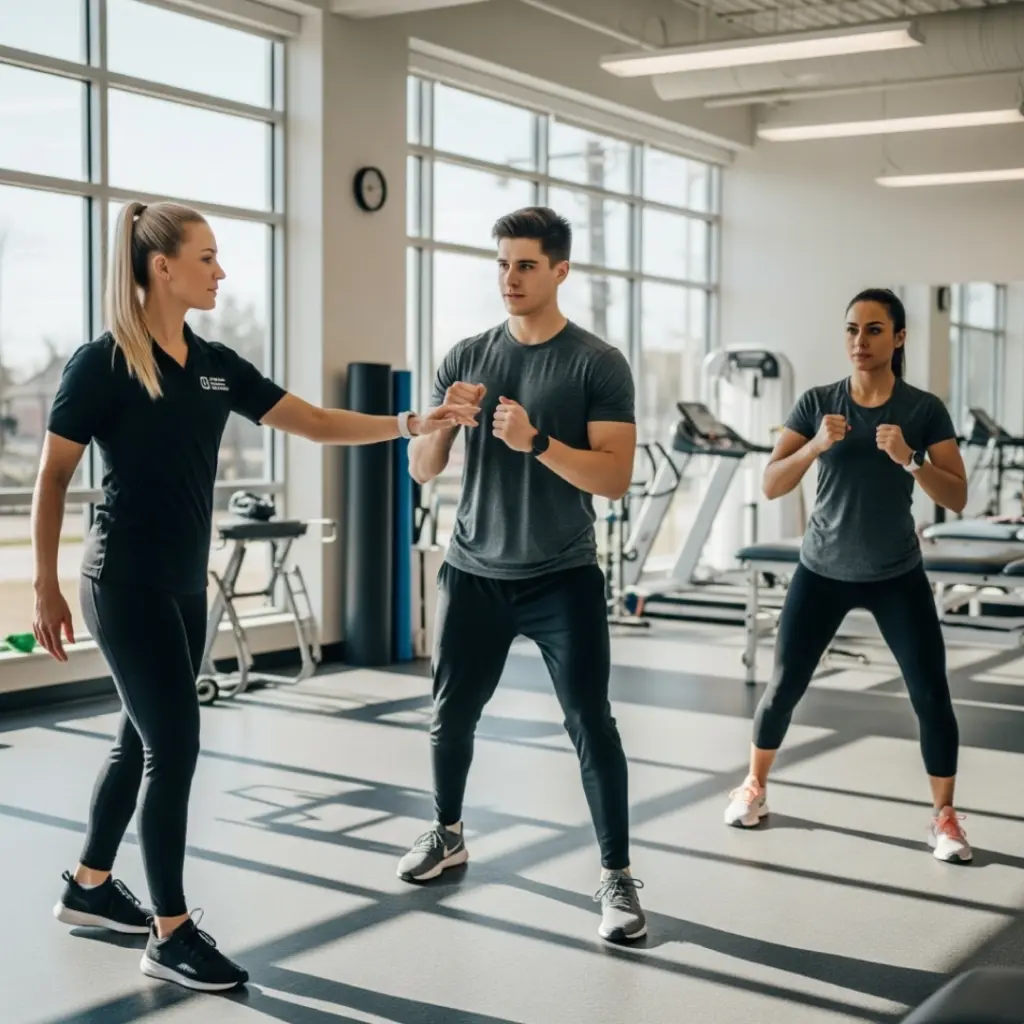
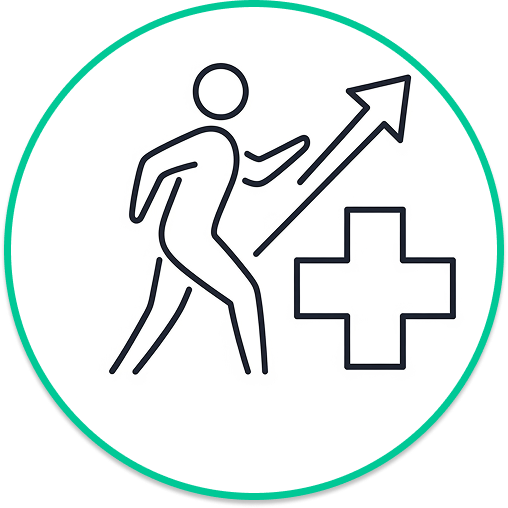
1.Physiotherapy as Performance Medicine
Modern physiotherapy for athletes goes far beyond a treatment couch. It is a dynamic integration between biomechanics, movement science, strength and endurance training, and the specific demands of each sport. A good sports physical therapist understands the particular requirements of each discipline and tailors his or her interventions to optimize the athlete’s biomechanics, mobility and strength.
For example, the physical therapist should have the ability to assist a pitcher’s performance by refining shoulder mechanics or correcting repetitive overload imbalances.
A physical therapist specializing in sports should have the following knowledge:
● Analyze movement patterns and neuromuscular imbalances.
● Identify asymmetries or compensations
● Prescribe corrective exercises to optimize mobility, stability, and power transfer

2. Injury Prevention:
The best injury is the one that never happens. Physical therapists use evidence-backed assessment tools such as the FMS (Functional Movement Screen), Y-Balance Test and sport-specific kinetic chain analysis to detect warning signs before tears, sprains or fractures occur.
Many athletes are surprised to learn that:
● 70% of anterior cruciate ligament (ACL) injuries are non-contact, and many stem from biomechanical deficits or fatigue.
● Tendinopathies (Achilles, patellar, rotator cuff) are usually preventable with progressive loading and good recovery.
Stress fractures in endurance sports are often related to faulty running mechanics, loading errors or nutritional deficits-aspects that a physical therapist can identify and correct.
Establishing a preventive program tailored to the sport and the athlete’s training cycle not only decreases the risk of injury, but also improves daily recovery from microtrauma.
Prevention is not passive rest, it is an active strategy. Consistency in your training turns out to be the most important factor to progress in any sport.

3. Back to Sport:
Post-injury or post-surgical rehabilitation is not only about removing pain, but also about regaining confidence, explosiveness and body control. This is where physiotherapists are able to demonstrate and highlight the importance of their role in sports performance.
Modern rehabilitation is functional, progressive and sport-specific. It focuses on rebuilding strength, restoring neuromuscular control and intelligently reintroducing the demands of sport. Top athletes don’t just want to return to play, they want to compete with confidence.
A return to sport protocol guided by a DPT includes:
Restaurar progresivamente la tolerancia a la carga. Reforzar patrones de movimiento correctos. Integrar ejercicios cognitivo-motores (tiempo de reacción, cambios de dirección, movimientos deportivos específicos) para simular el entorno competitivo.
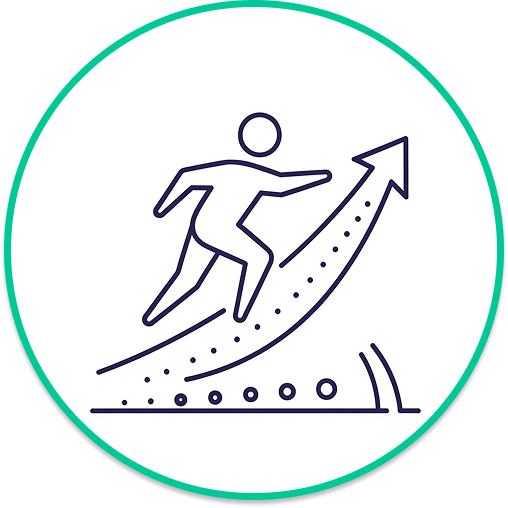
4. Long-Term Athletic Development.
In young, developing athletes, physical therapy plays a key role in building lasting movement habits. Many future injuries originate from poorly formed patterns early in training. The physical therapist works with coaches and parents to: Ensure safe progression of training loads Develop fundamental mobility and stability. Encourage appropriate recovery strategies (sleep, nutrition, tissue work) This not only helps prevent injuries, but also maximizes performance potential during the stages of greatest physical and neuromotor development.

5. Optimizing Recovery
Recovery is not just rest, it is a skill. It is where adaptations really take place. The physical therapist guides this process with manual therapy, soft tissue work, mobility techniques and recovery education.
Some key tools include:
● Myofascial release and manual therapy.
● Joint mobilizations
● Active recovery session planning
Complementary therapies such as red light, cupping, dry needling, and more
● Education on hydration, nutrition and sleep quality
Regular sessions with physical therapy allow you to unload accumulated stress and prepare the body to train with more quality. Having this accompaniment also helps manage training loads, improve recovery times and prevent overtraining or burnout, whether you’re a world-class athlete or someone just starting out in training. The smartest athletes don’t just train hard, they train strategically. Including a physical therapist as part of the performance team can be the difference between stagnation and evolution, between injury and your personal best.
Sports success doesn’t happen by luck. It is built with precision, preparation and proactive care. And physical therapy is the foundation that allows talent to flourish.
Here’s a sampling of what, in my opinion as a physical therapist, 5 exercises every runner should be doing in the gym.
These are not random exercises: they are chosen for their direct transfer to running, for preventing common injuries and for optimizing movement efficiency.

1. Romanian One-Legged Deadlift
Strengthens the hamstrings and glutes while improving balance on one leg. Helps to have more control in the mid-stride phase and reduces the risk of overuse injuries.
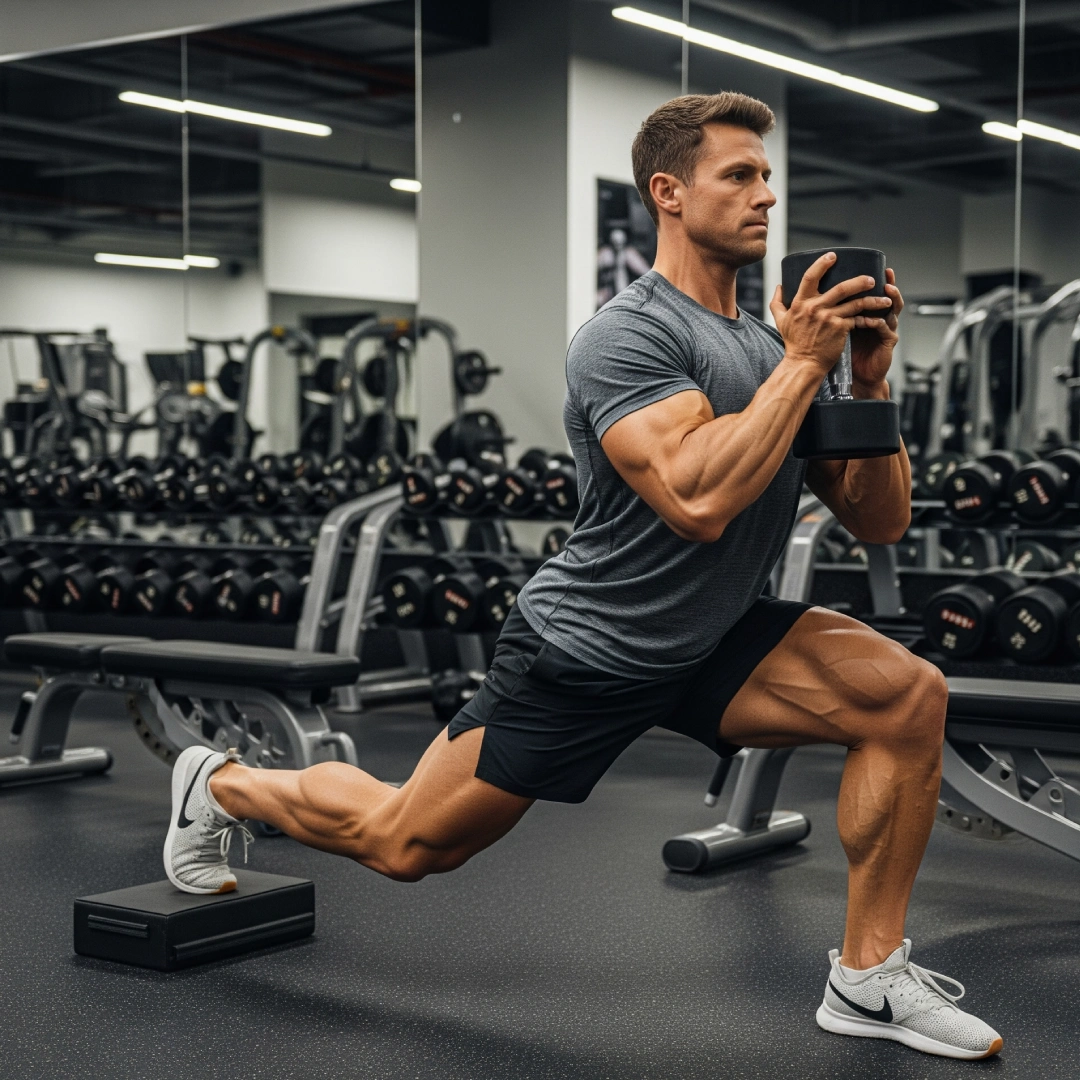
2. Bulgarian Squat
Running is a unilateral movement, and this exercise strengthens the legs in a running-specific position. It improves stride efficiency, hip control and overall power.
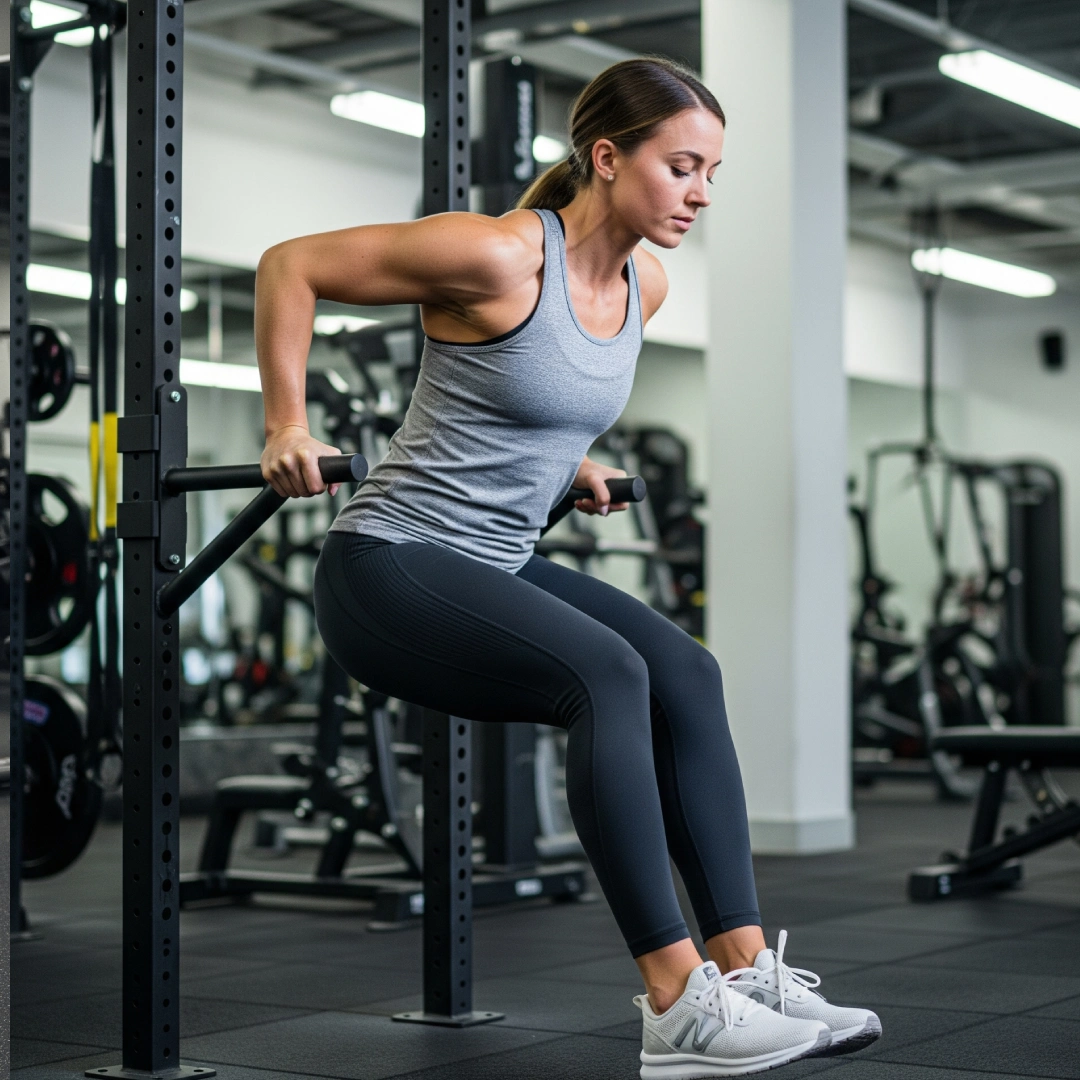
3. Poliquin Dip
Excellent eccentric exercise for the quadriceps that activates the VMO, improves knee alignment and helps prevent aches and pains such as runner's knee.
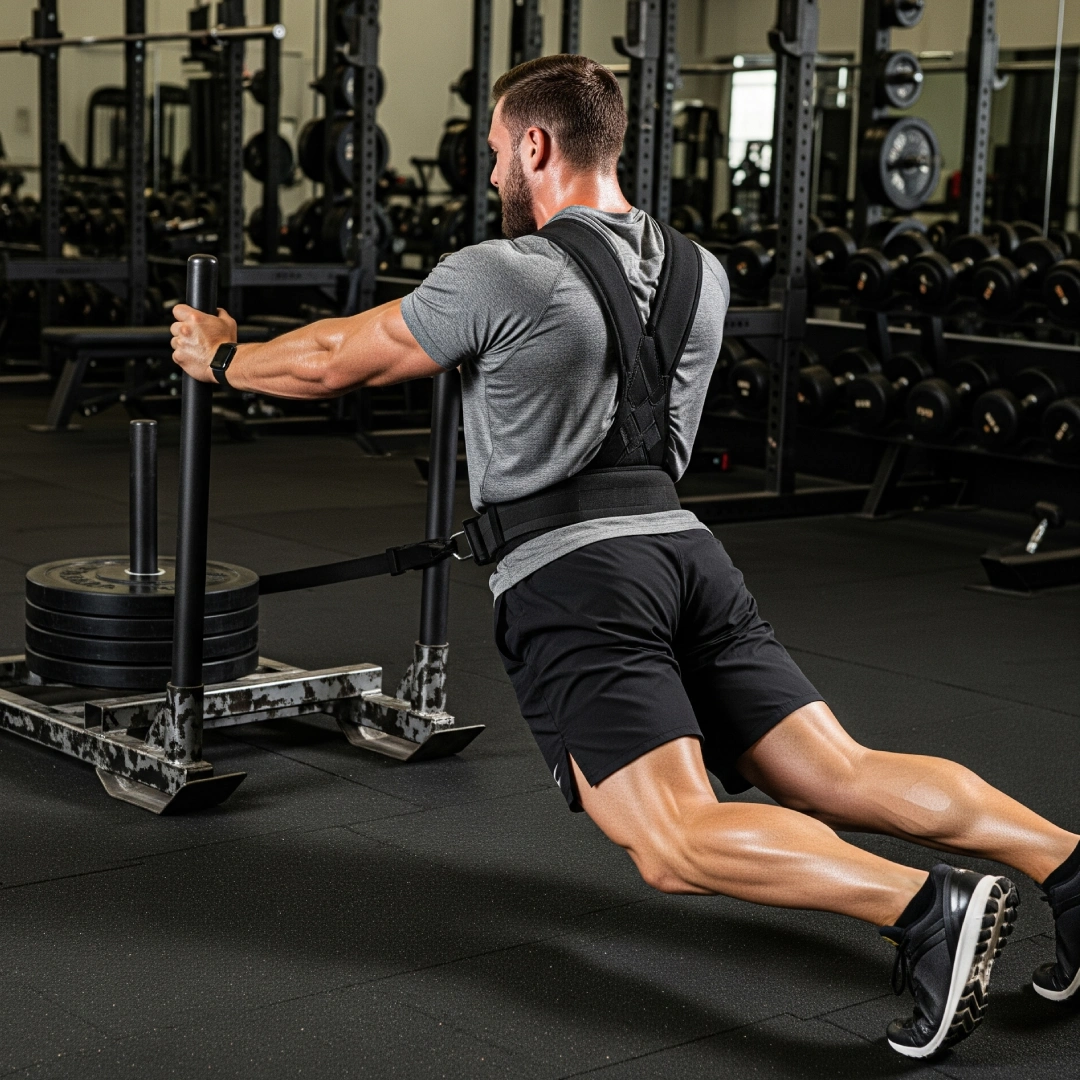
4. Sled Push + Reverse Drag (Sled Push + Reverse Drag)
Develop explosive lower body strength and strengthen knees without impact on joints. Reverse drags, in particular, help armor the quads and improve long-term knee health.

5. Anterior Tibial Raises (Tib Raises)
An underrated but very important movement. Strengthens the tibialis anterior muscle, improves dorsiflexion and helps prevent injuries such as tibial periostitis.
If you want to run faster, longer and without constant injury, start incorporating these exercises into your weekly routine. A strong runner is a durable runner.


